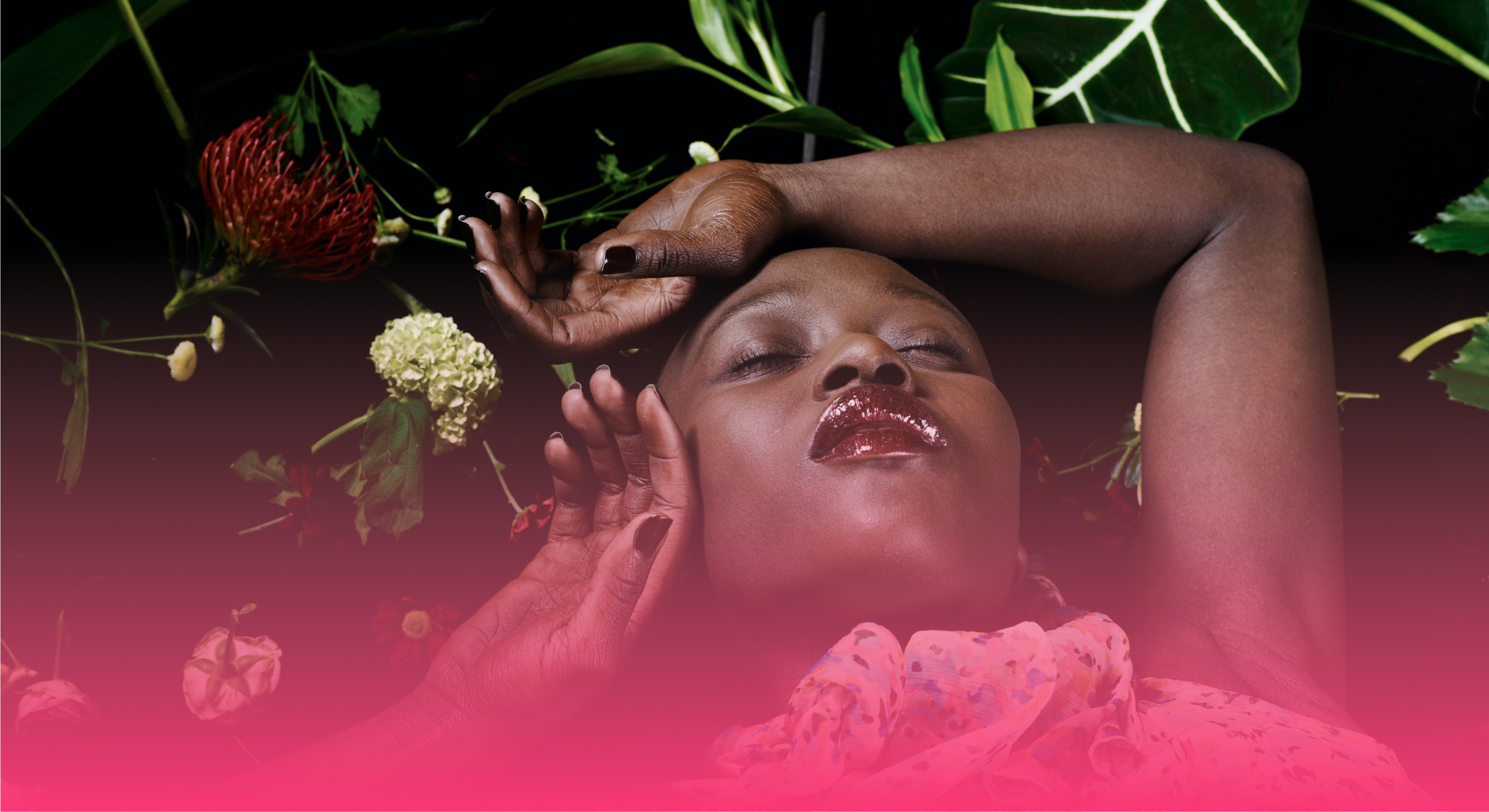The Big Problem With ‘The Great Gatsby’ & All Those Other Movies That Neglect The Black Story
The first time I read F. Scott Fitzgerald’s “The Great Gatsby,” I was taken by the effort marked in a simple mention of African-Americans riding in a car that raced past the narrator, Nick Carroway, as he and Jay Gatsby rode around the Hamptons of Long Island, NY in 1922.
The line, written with a singeing racial eye, reads, “As we crossed Blackwell’s Island, a limousine passed us, driven by a white chauffeur, in which sat three modish Negroes, two bucks and a girl. I laughed aloud as the yolks of their eyeballs rolled toward us in haughty rivalry.” You can miss it as a speck in the vastness of language and storytelling that makes up one of the finest pieces of American literature written to date. It reminds me stories I have learned in my time living in New York of people like poet Langston Hughes vacating to the Hamptons in the same time period.
MUST READ: Jay-Z, Emeli Sande & More Get Jazzed-Up For The Great Gatsby World Premiere
But as an outsider to the literary mainstream, those three black extras–the ones you won’t find in the 1974 film, and the ones who most likely will not be present in the upcoming Baz Luhrmann movie due out this weekend–are everything. We exist! The fun and gaiety and excess that was the 1920s also spilled into African-American culture that was creating its own wealth, through various means, that did not go unnoticed by the mainstream.
Favoring the successful and ambitious blacks of establishments of today, this early elite class of African-Americans did not hold inventory in the retelling of the Roaring Twenties. They are now a fleeting rumor, skipped in the media depictions of history upon which we most often rely. It is interesting to imagine what representation in media would be if such effort as Fitzgerald’s had grown even at a constant over the years since the novel was published in 1925, and film adaptations began the following year.
The more I think of that line from the novel, the more it lingers as a thoughtful nod in era when representation of blacks happened more often by omission or in black face performance. Especially given that Fitzgerald seemed to be the type to have entertained uptown at the likes of the Cotton Club, which opened in 1920. After all, Fitzgerald is often sited as the greatest writer of a period known as the Jazz Age, a musical style and era that launched the entertainment industry as a path to wealth for African-Americans.
Like HelloBeautiful on Facebook to stay on top of your favorite black celebrities:
So as movies seem to increasingly serve a purpose intended for history books, the story of blacks in the 1920s, a time period between Reconstruction and the Great Depression, remains under a veil. The style, intelligence, influence and complexity of the African-American race, all elements prominent in the cultural conversation prior to the 1970s, are now a restricted knowledge revealed at discretion of those who produce the film and television mainstream.
Between 1900 and 1930, according to the US Census Bureau, the black population in New York State grew from 99,232 to 412,814, an increase felt as Harlem entered its incarnation as a major center of black migration from the South. In fact, it was as wealthy White Americans exited life above 110th Street, that the architects of the Harlem Renaissance and the first advances of black citizenship took residence.
In the three years of HBO’s “Boardwalk Empire,” we have learned nothing of legendary gang leader Stephanie St. Clair, who vied with the likes of Lucky Luciano and for whom Bumpy Johnson served as a driver and successor. A woman of Martinican heritage, St. Clair led one of the most violent gangs and successful numbers racket in Harlem, taking out Dutch Schultz, who worked for Luciano to hold claim of her influence uptown. She is represented in the 1997 movie “Hoodlum” by Cicely Tyson’s character, Madame Queen. Perhaps with Terrence Howard’s entrance to the “Boardwalk Empire” cast, the refinement and intent that has always existed as a norm in black culture will make its mainstream reveal.
But as we anticipate the explosion of romance and music that make Lurhmann’s films worthwhile, we might consider our own investigation of African-American glamor, great for sparks just decades after slavery, producing works and inventions absorbed into the American cannon. Bessie Smith sang, Claude McKay wrote, James S. Adams files the patent for the airplane propeller, and King Oliver discovered a young trumpeter named Louis Armstrong. Among them, doctors and lawyers and mailmen and gangsters and teachers and laborers lived. It was the birth of post-slavery African-American society, a self-definition, somewhat like that attempted by the great Jay Gatsby.
READ MORE: Jay-Z To Produce ‘Great Gatsby’ Soundtrack
READ MORE: FAB FINDS: 7 Art Deco Earrings For Under $150 (Great Gatsby Edition)








